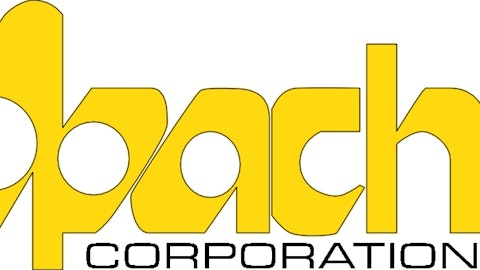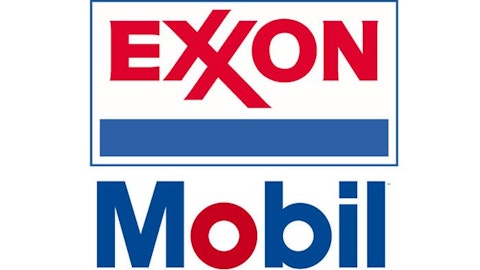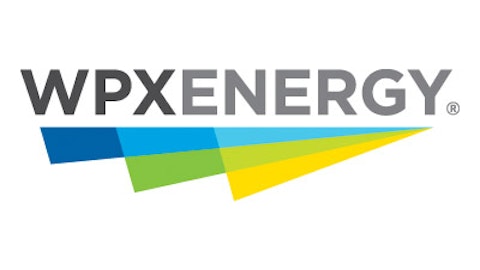The energy sector has seen a lot of ups and downs over the past decade – the most recent shock came with the American shale gas revolution, which resulted in extreme volatility in prices. As the market adjusts to new demands and supplies, ConocoPhillips (NYSE:COP) has a transformational strategy to adjust to the aforementioned changes, and the company is set to benefit from the trend developing in the industry.
Recent performance has not been impressive
For a large company like ConocoPhillips (NYSE:COP), consistency in its operations is key. The company reported a fall of 6% in revenues in 2012 amounting to $62 billion. Net income followed suit with a reported decrease of 32% standing at $8.5 billion. The decline in revenues can be attributed to its divesture of its downstream operations by the name of Phillips 66 (NYSE:PSX). The management, however, undertook strategic steps to compensate for the losses via its acquisitions program.
The asset base of the company stands at $117 billion, a decline of 23.5% in 2012. The decrease was brought about by its disposal of international reserves and downstream operations. Proceeds from disposals were injected back into its operations; however, that did not suffice. The business did experience a decline in its cash flows with its liquid assets standing at $3.6 billion in the last year.
Dividends

Future prospects
In 2012, ConocoPhillips (NYSE:COP)’ divestitures amounted to $20.2 billion partly offset by acquisitions worth $8.5 billion. Its total production amounted to 1,578 MBOED replacing around 156% of production with new, more efficient reserves. The company has also shut down its overseas high-risk projects and replaced them with domestic lower risk projects. This move is likely to result in modest earnings in 2013 as the management commits to its long-term growth strategy.
The American shale revolution forced the producers to focus on extensive drilling, efficiency and cost reductions as the industry entered into an era of resource abundance and flexibility. The management reacted to these changes by expanding its domestic line of production while disposing of its reserves in Kashagan, Algeria and other international reserves. Furthermore, new discoveries of reserves such as the resource base in Gulf of Mexico and more sophisticated production techniques are expected to generate higher earnings in the coming quarters.
Peers
The industry is mostly dominated by global giants such as Chevron Corporation (NYSE:CVX) and Exxon Mobil Corporation (NYSE:XOM). In the energy sector, actions of one have a significant impact on the others. Therefore, acquisitions, divestitures and demand and supply shocks have a significant impact on industry players.




